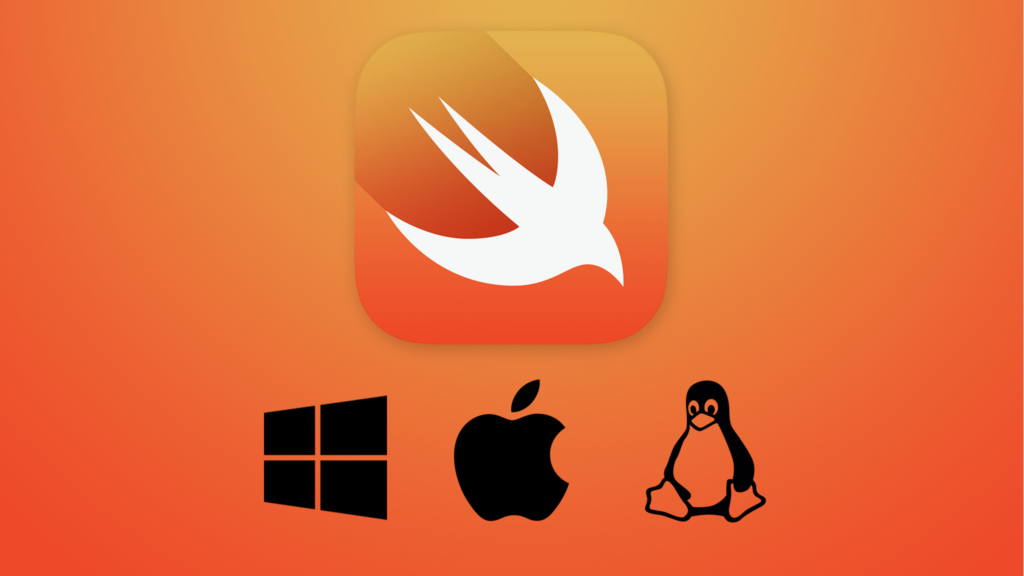Getting Started with Swift Programming
Swift is a powerful and intuitive programming language developed by Apple. It’s designed to be efficient, safe, and user-friendly, making it an excellent choice for both beginners and experienced programmers alike. If you’re looking to embark on your programming journey with Swift, this guide will help you take your first steps.

Why Swift?
Swift’s popularity has grown rapidly since its introduction in 2014. Its concise and expressive syntax, combined with modern features, makes it a preferred language for developing iOS, macOS, watchOS, and tvOS applications. Here’s why you should consider Swift:
- Easy to Learn: Swift’s syntax is clear and concise, making it accessible to newcomers. Its resemblance to other popular programming languages ensures a smoother learning curve.
- Safe and Efficient: Swift was designed with a focus on safety. The language includes features that help prevent common programming errors, enhancing the reliability of your code.
- Open Source: Swift is open source, meaning its development is collaborative and transparent. This encourages contributions from the community and ensures the language’s continued improvement.
Setting Up Your Environment
Before you start programming in Swift, you’ll need the necessary tools:
- Xcode: Xcode is Apple’s integrated development environment (IDE) for creating applications on macOS, iOS, watchOS, and tvOS. It includes a code editor, debugger, and interface builder. You can download Xcode from the Mac App Store.
- Swift Playgrounds: Swift Playgrounds is an iPad app that provides an interactive way to learn Swift programming. It’s perfect for experimenting with code snippets and small projects.
Writing Your First Swift Program
Let’s dive into writing a simple “Hello, World!” program in Swift using Xcode:
- Open Xcode: Launch Xcode on your Mac. You can find it in the Applications folder or by searching for it in Spotlight.
- Create a New Project: Click “Create a new Xcode project” or go to
File > New > Project. - Choose a Template: Select “iOS App” under the “App” category. Click “Next.”
- Configure Your Project: Fill in the necessary details for your project, such as the name and organization identifier. Choose a location to save your project and click “Next.”
- Save the Project: Choose a location to save your Xcode project and click “Create.”
- Write the Code:
- In the Project Navigator, find the file named “ViewController.swift.”
- Double-click the file to open it in the code editor.
- Replace the existing code with the following:
import UIKit class ViewController: UIViewController { override func viewDidLoad() { super.viewDidLoad() // Display "Hello, World!" in the console print("Hello, World!") } }
- Run the Program: Press the “Run” button (a play icon) in the top-left corner of Xcode’s window. You should see “Hello, World!” printed in the console area at the bottom.
Congratulations! You’ve just written and executed your first Swift program using Xcode.
Learning Resources
As you continue your journey into Swift programming, there are several resources available to help you learn and improve your skills:
- Swift.org: The official Swift website provides documentation, guides, and resources for Swift programming.
- Swift Playgrounds: The Swift Playgrounds app on iPad is an interactive way to learn Swift through puzzles and challenges.
- Online Courses: Platforms like Udemy, Coursera, and Codecademy offer comprehensive Swift programming courses for beginners.
- Books: There are many books available that cover Swift programming in-depth, suitable for different skill levels.
Conclusion
Starting your programming journey with Swift opens up a world of possibilities for creating innovative applications across various Apple platforms. With its user-friendly syntax and powerful features, Swift empowers you to bring your ideas to life. By following the steps in this guide and exploring additional resources, you’re well on your way to becoming a proficient Swift programmer.

